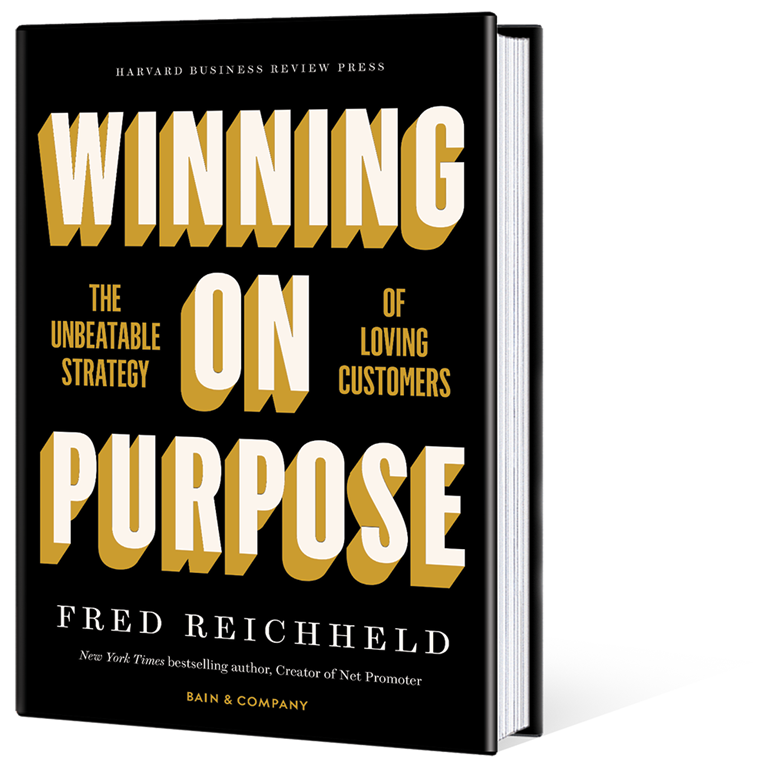The Customer Confidential Podcast

There’s nothing quite like a homecooked meal. But for many time-starved individuals, restaurant or takeout food has become the go-to. With the rise of subscription services focused on selling healthy, easy-to-assemble meals, however, more diners are turning to their own kitchens for dinner.
Making those homecooked meals sustainable, affordable, and, above all, purpose-driven is a challenge. It’s one that pushed Mike Salguero, founder and CEO of ButcherBox, to start a direct-to-consumer online meat subscription service.
“We’re a food company,” Mike says. “I think it’s one of the most sacred things possible, that people are ingesting the product we send them.”
ButcherBox’s mission is simple: Transform meat. This mission ripples through all ButcherBox does, from ensuring the highest-quality products to providing customers with recipes that empower them to cook a great dinner. The company’s purpose, Mike says, is for customers to feel confident in the meat they’re consuming and serving to family and friends.
A key focus is to ensure that the farmers ButcherBox works with are ethically and sustainably raising food in a way that’s cost-effective enough to decrease the price of high-quality meat, at scale, over time.
ButcherBox’s organizational mission is about doing less, not more. One noteworthy element of its model is that, although the company has been in business for seven years, it has never accepted outside money. “One of my fears has been when you take outside capital, you are in some way beholden to get people a return,” Mike explains.
More specifically, he recognized that his desire to apply outside capital to a rigorous (and time-consuming) testing program that ensures animals are treated well was not in alignment with many venture capitalists’ business objectives.
As a subscription-based e-commerce business, ButcherBox prizes the LTV/CAC ratio (customer lifetime value to customer acquisition cost), because it represents the return on marketing investment, Mike says.
For example, predictive analytics revealed that many customers were uninterested in a subscription but were interested in trying out ButcherBox’s offerings. This hot-and-cold customer segment would sign up, just to quit soon after.

Winning on Purpose: The Unbeatable Strategy of Loving Customers
This new book by Fred Reichheld, Darci Darnell, and Maureen Burns demonstrates that great leaders embrace a higher purpose to win, and Net Promoter® shines as their guiding star.
The key to engagement, Mike says, is ensuring customers don’t drop off after the initial series of touchpoints. If a customer is still subscribed three months in, they will likely stay. But those first couple of months of interaction are critical to ensure customers remain active, engaged, and interested.
“What I love about a subscription is if you can keep the customer happy, you get a reorder. This is much harder to do in an e-commerce setting where you sell once and hope they come back,” Mike explains.
To entice customers long term, ButcherBox has offered promotions like “bacon for life,” where each subscription box included a pack of bacon. “Customers are more sticky with that type of offer,” Mike believes.
Powering long-term consumer sentiment is about building relationships, rapport, and connective tissue between problems and solutions, he says. Ultimately, Net Promoter Score should not be considered a benchmark you strive to hit. It should be about communication and closing feedback loops.
“One of our core values is relentless improvement,” Mike says. “It’s about repetition. Not a week goes by where I’m not reminding people of that mission and purpose.”
In this episode, Mike and I discuss ButcherBox’s mission to make high-quality meat more affordable, sustainable, and accessible; why cohort analysis can help businesses become more competitive; and how getting to know your customers’ needs powers ongoing company success.
In the following excerpt, we discuss how Mike incorporated customer feedback to make critical changes to ButcherBox’s packaging.
Rob: Are there specific changes that you’ve made to the business based on feedback you’ve gotten from your customers? Can you give an example?
Mike: Sure. For example, if you call in and you say, “My box was delayed in transit,” if we start seeing your zip code, or near your zip code, having similar issues, we will likely swap carriers pretty quickly.
The most vexing issue is when there is a hole in the plastic—what we call “leakers.” We ship our meat with dry ice in it, as dry ice takes it down to a really low temperature.
But sometimes the plastic becomes brittle and it will hit into each other, causing a hole. Then, when you thaw out the meat in your refrigerator, it leaks if you don’t place it to thaw on a plate or in a bowl. So, we started to see leaker complaints.
One thing we do is we tell people when they thaw out their meat, make sure it’s in a bowl. We try to reinforce that in a few places.
We have also done multiple tests and changes of film, looking at every single product and doing submergence tests. At first, we didn’t think the leaking rates were necessarily that high, but complaints kept coming up. So now, every month or so, we test all our products to figure out the leaker percentage.
We’re constantly trying to improve the leaker rate, based on customer input and customer feedback.

Want to hear more from today's loyalty leaders?
Explore more episodes of The Customer Confidential Podcast.